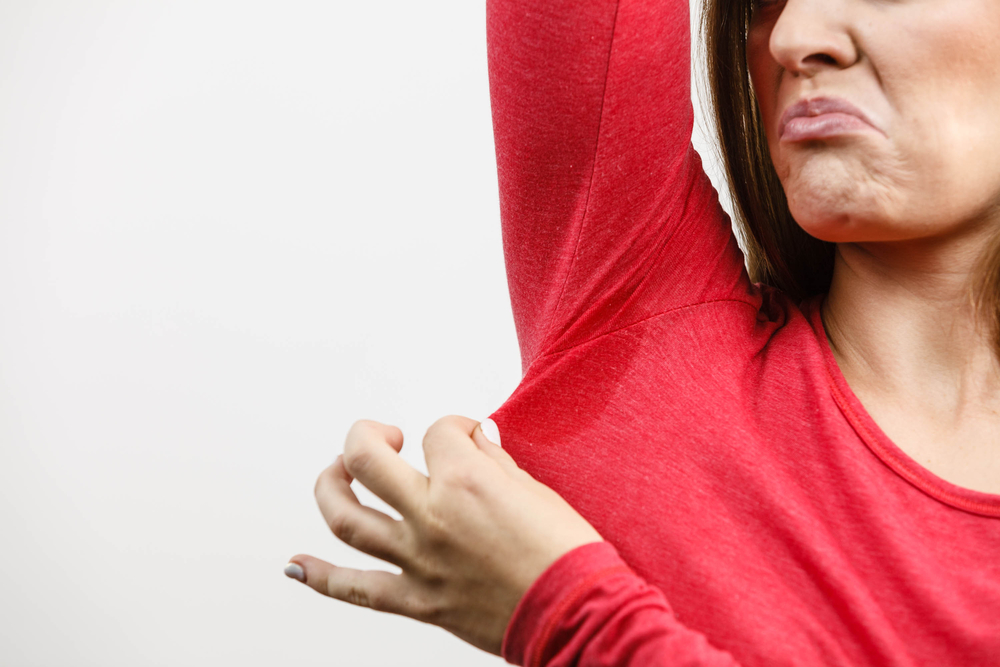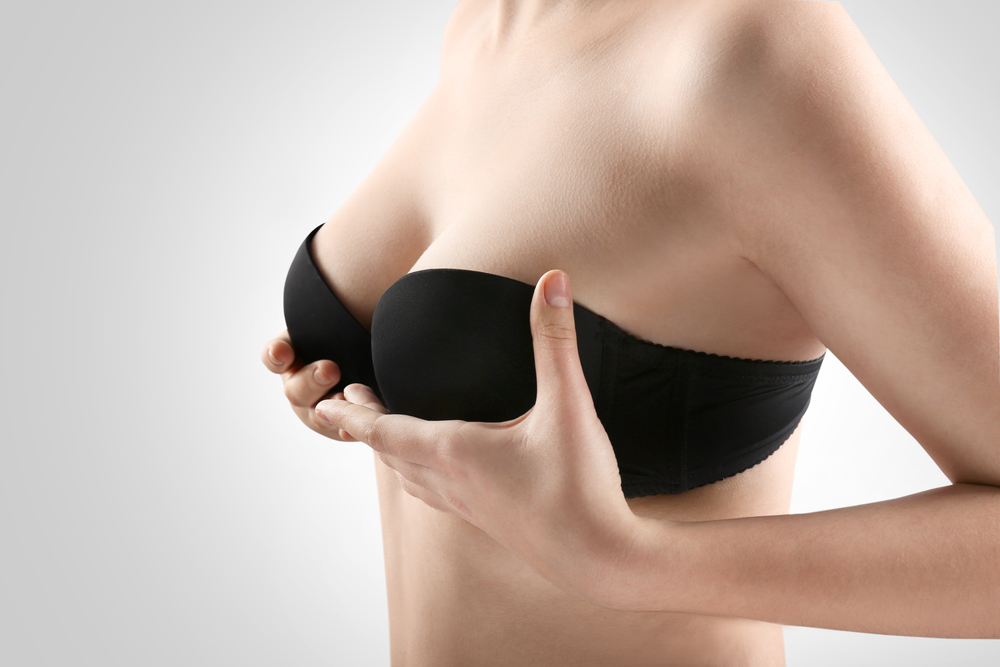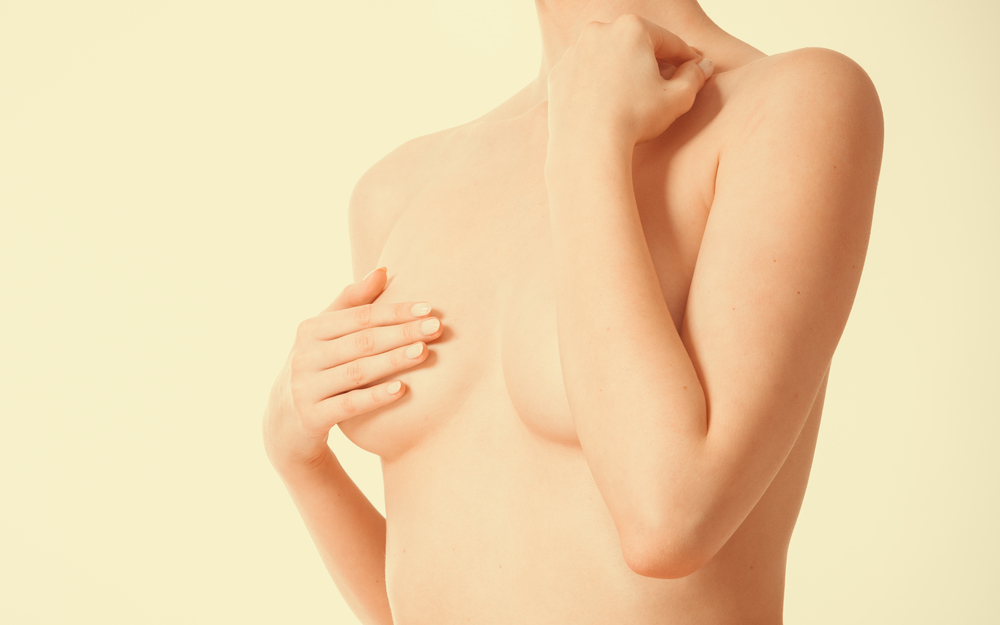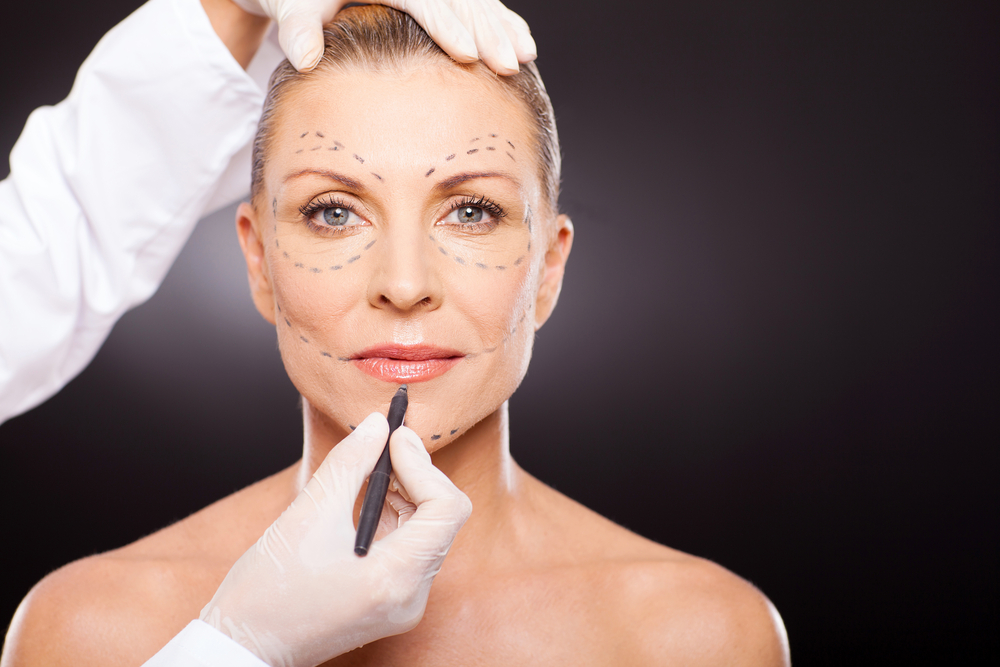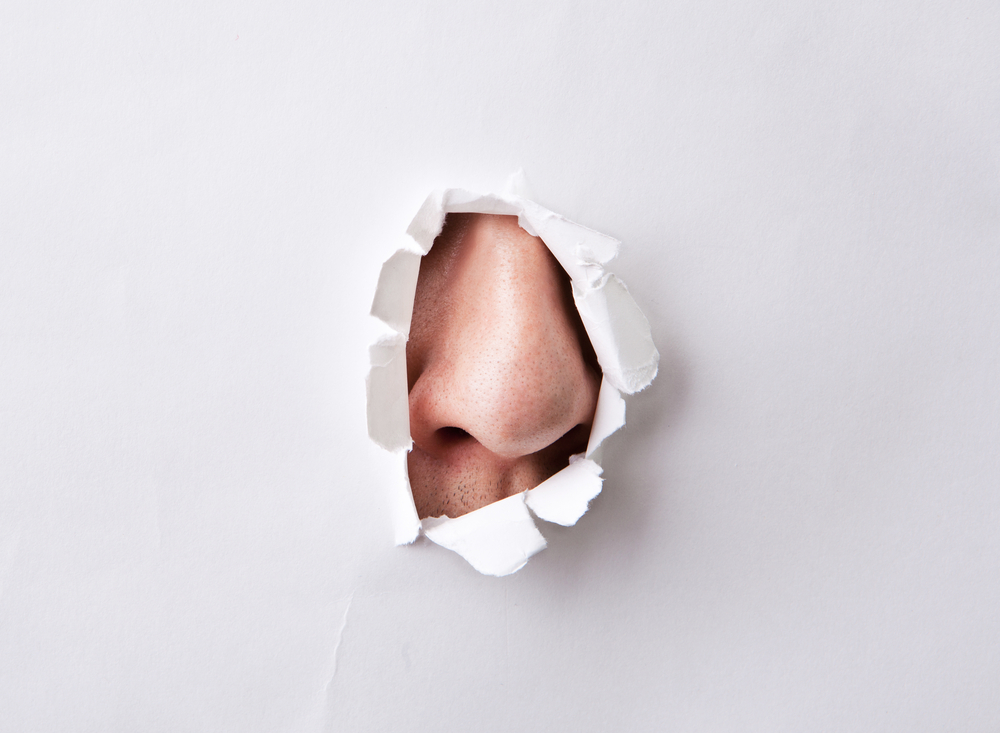- Endoscopic Thoracic Sympathectomy (ETS) surgery is a last resort procedure that helps control excessive sweating of the hands, face, and underarms.
- There are a number of prescription and medical treatments that should be tried before opting for ETS surgery.
- An ETS procedure destroys the nerve paths associated with overactive sweat glands and stops the perspiration process.
- There are numerous risks and side effects associated with this surgery, and the procedure is not reversible.
Endoscopic thoracic sympathectomy (ETS) is a last resort surgical procedure aimed at stopping uncontrolled perspiration of the hands and face, effectively freeing people from the accompanying embarrassment excessive sweating can inflict on their personal lives.
Although ETS has a high success rate, it also comes with risks and potential side-effects that contribute to its reputation as an eleventh-hour option. It’s a serious procedure not be taken lightly.
Hyperhidrosis Explained
While some people appear as cool as cucumbers even when the heat and pressure are mounting, if you suffer from hyperhidrosis then you understand how difficult it is to project a poker-faced demeanor in these situations.
Excessive sweating of the underarms, palms, and soles of the feet is a condition known as hyperhidrosis, and it afflicts approximately 2% of Americans. The first symptoms usually begin around adolescence and continue throughout a person’s entire life.
Hyperhidrosis is the result of an overactive sympathetic nervous system. The sympathetic nervous system controls our flight or fight reactions, which include heart rate acceleration, the constriction of blood vessels, increased blood pressure, and sweating.
Put simply, if you suffer from hyperhidrosis your internal thermostat is incorrectly calibrated and prone to falsely informing your nervous system that you’re overheating when, in fact, you’re not.
Evidence from numerous studies indicates there is a genetic connection related to more than 50% of hyperhidrosis patients. The condition is usually linked to the mother’s side of the family.
Dr. Bruce Pinker, a podiatrist with a practice based in Nanuet, NY, notes that you need to be vigilant when your body’s regulatory system is malfunctioning: “Anxiety, excitement or nervousness can trigger the condition, along with certain foods, cigarettes and caffeine.”
As a consequence, acute sufferers of the condition often feel besieged by embarrassment, painfully aware of how extreme sweating undermines their confidence and makes it difficult to project an image of self-assurance.
Common symptoms include:
- Palms and/or feet that become moist and clammy.
- Sweating that is not triggered by heat, stress, or overexertion.
- Uncontrolled sweating that saturates the skin.
Before You Consider a Surgical Option
The consensus among physicians and surgeons is that patients exhaust every other potential treatments before considering surgery for this condition. Alternative treatment options include:
Antiperspirants
The International Hyperhidrosis Society (IHS) suggests that to optimize the effectiveness of your over-the-counter antiperspirant while reducing the risk of skin irritation, you should:
- Apply antiperspirants to troublesome areas at night before retiring to bed.
- Apply to dry skin.
- Never wrap your hands after applying antiperspirants on them — doing so is a sure-fire way to irritate your skin.
However, if over-the-counter antiperspirants are not effective in controlling your sweating, dermatologist Dr. Todd Minars of Minars Dermatology in Hollywood, FL, suggests upping the ante with prescription antiperspirants. “Applied to the hands, feet or underarms, these antiperspirants contain ingredients that temporarily block sweat ducts and reduce moisture.”
Botox
Botox is a natural, purified protein which disrupts the chemical signals released by nerve endings. Dr. Minars agrees that Botox is safe and effective in treating armpit, hand and facial hyperhidrosis. “When injected directly into the site, Botox blocks the nerves that stimulate the sweat glands,” informs Minars.
Studies suggest that one Botox session will control excessive sweating for approximately seven months. As such, many insurance providers are increasingly covering Botox injections to address uncontrolled underarm sweating.
Oral Medications
Prescription medications can also prevent the stimulation of sweat glands and limit perspiration. Consult your doctor about which medicines are right for you.
Iontophoresis
Iontophoresis is a medical technique that introduces ionic medicinal compounds (positively or negatively charged medicines) into a patient who has not responded well to prescription treatments. This treatment to combat uncontrolled sweating on the hands and feet has been available since the 1940s.
Iontophoresis can be conducted in a doctor’s office or self-administered at home. The procedure involves a low voltage current that passes through water and then into the affected parts of the body: the hands, feet, armpits.
A 1952 observational study noted that of 113 patients employing an iontophoresis, 91 percent experienced a marked decrease in excessive sweating. In a 1989 double-blind study titled Treatment of Hyperhidrosis Manuum by Tap Water Iontophoresis, the technique was shown to reduce sweating by as much as 81%.
MiraDry
The new kid on the block when it comes to hyperhidrosis treatments, miraDry features a hand-held device that destroys sweat and odor glands in your underarms using the proprietary miraWave energy.
The FDA-cleared, non-invasive treatment is considered to be relatively painless. There could be some swelling and discomfort following the destruction of the glands, although this generally fades within a few days. The procedure also boasts a 90% success rate.
Other Tricks
Follow these recommendations to help curb excessive sweating:
- Diet can trigger perspiration, particularly rich, fatty foods and those that your metabolism may have difficulty digesting — avoid them as often as you can.
- Alcohol-based hand wipes help to shrink pores and reduce sweating, and can be especially helpful for social occasions.
- Quit smoking. Nicotine triggers the release of a chemical called acetylcholine, which stimulates the sweat glands and speeds up the heart rate, elevating body temperature and increasing blood pressure.
- There is anecdotal evidence that drinking sage tea can reduce perspiration. The astringent properties of the tea are believed to help constrict or shrink body tissues and contribute to decreased sweating. Soaking your hands or feet in a bowl of cool, sage tea is also advised.
What is ETS Surgery?
Dr. David S. Edelman, a board-certified general surgeon based in Hollywood, FL has performed the ETS procedure over 900 times. He describes an endoscopic thoracic sympathectomy as a dissection of the main sympathetic trunk in the upper thoracic region of the sympathetic nervous region. “Clamps are used to interrupt the nerve impulses of the ganglion that controls the sweating,” Dr. Edelman explains.
In layperson terms: a surgeon interrupts the signals from the spinal column to the sweat glands, subsequently stopping perspiration.
While under general anesthesia a tiny camera is inserted into the chest under the armpit to provide a clear view of the main sympathetic trunk. During the surgery, a lung must be collapsed to provide the surgeon with room to disconnect the nerve paths.
This procedure is permanent; there have been no successful reversal procedures reported.
Success Rate
- Hands — ETS surgery for hand sweating is roughly 98% effective and has a recurrence rate of only 1%
- Feet — The success rate for ETS and excessive foot perspiration is roughly 30%.
- Armpits — The relief rate for excessive armpit perspiration is approximately 85%.
Costs
While insurance coverage of ETS procedures is continuing to evolve, the factors that contribute to the cost of the surgery include:
- Clinical evaluation
- Type of insurance
- Previous treatments
Compensatory Sweating
The most significant drawback to this surgery is that, while ETS may be useful in reducing or eliminating the sweat in the targeted area, almost all patients experience some degree of compensatory sweating in a different part of their body.
- Fifty to 90% of people who have had the surgery experience excessive sweating on the back, thighs, stomach, groin and/or lower legs. This type of sweating reportedly ranges from mild to severe.
- Overweight patients may experience more compensatory sweating, and those who live in hot, humid climates may also be inclined to the same condition.
- Medications may be required to help control post-op compensatory sweating.
- Some patients complain of overheating while exerting themselves playing sports or doing physically demanding work.
- Gustatory sweating occurs as a consequence of eating hot, spicy foods. It develops post-operatively in approximately 10% – 20% of patients.
Other Potentially Serious Complications
Although serious complications are unusual, they can still occur. This is what you need to be aware of:
- Chest lining sensitivity — This can limit movement and exercise.
- Horner Syndrome — Rarely reported, but the disruption of the nerve pathways to the face can result in a drooping eyelid.
- Pneumothorax — When air leaks into the void between the chest and lung it can push on the outside of the lung until the pressure forces it to collapse.
- Hemorrhaging — Although rare, serious bleeding can occur both during and after surgery.
- Post-op neuralgia and paresthesias — Numbness or sensitivity can develop in the area where the operation was performed.
- Hair loss, and scalp itchiness — Once the sweat glands have been turned off, dryness of the scalp can result in the loss of hair follicles.
- Bradycardia — A decreased heart rate can occur because the sympathetic nervous system, once altered by an ETS procedure, can affect the signals between the heart and sympathetic nervous system, resulting in a slower heartbeat.
- Recurrence of symptoms — If nerve regeneration occurs, which is an anomaly, a patient may require a second operation.
- Death — While extremely rare, cases have been reported of patients who died during, or as a result of, the surgery.
To conclude, an ETS surgery is considered a last resort option. This is especially true today, given the high success rate of the relatively new hyperhidrosis treatment, miraDry. Unlike an ETS procedure, the miraDry system is non-invasive with very few potentially negative side effects or risks, yet still provides exceptional results.





